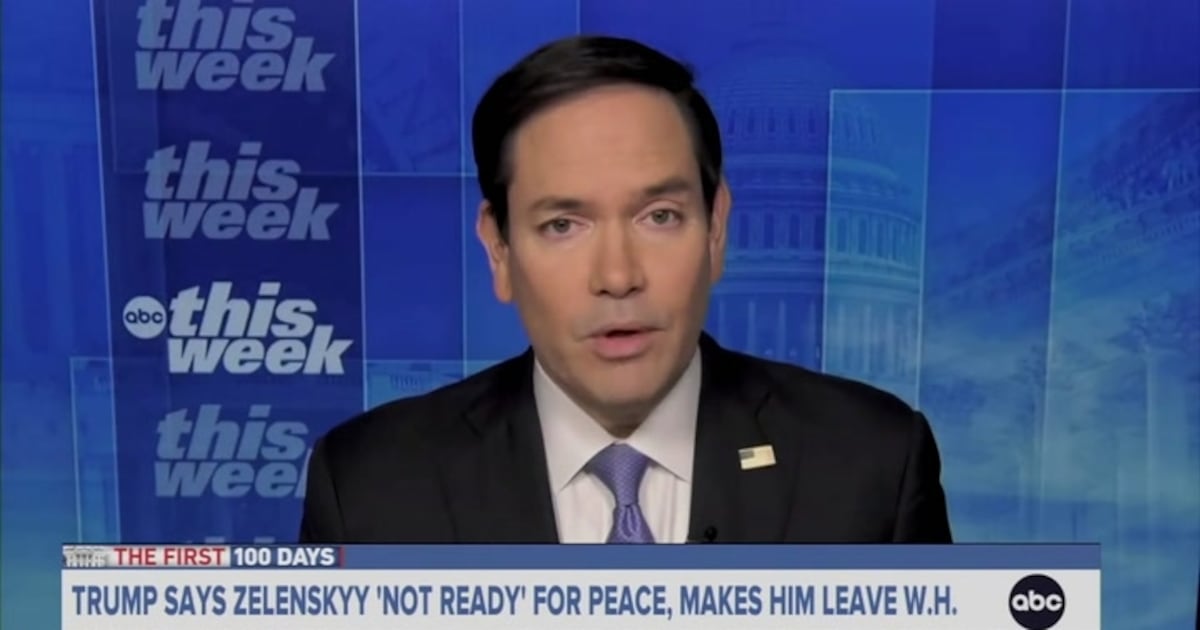Nearly a year after a second crash of a Boeing 737 MAX that led to its grounding, the full extent of the company’s complicity and negligence, abetted by regulators, is revealed by a damning report from the House Committee on Transportation and Infrastructure.
And the issue of how soon this deeply flawed company culture and regulatory system will be fixed becomes even more urgent.
One thing is for sure: in the history of air crash investigations, since the beginning of the Jet Age 60 years ago, there has never been such a serious and sustained breakdown in the safeguards intended to keep flying safe.
I have covered the MAX catastrophe for The Daily Beast since the first crash, of Lion Air Flight 610 in Indonesia that killed 189 passengers and crew on October 29, 2018. Like many other reporters, I was stonewalled and misled by Boeing’s carefully orchestrated and sustained campaign to resist grounding the airplane.
For example, it was obvious to me and other experienced reporters that the Lion Air pilots had been swiftly overcome by a problem that that they had not been trained to prepare for because it was related to a new control system, Maneuvering Characteristics Augmentation System (MCAS), that they—along with all other MAX flight crews—did not know even existed.
And yet Boeing insisted to us that the pilots could have overcome this fatal malfunction by treating it as a condition known as “runaway stabilizer”—one that was actually included in the flight manual as a legacy item—even though the actions triggered by the MCAS were far more extreme.
Now the House report confirms, shockingly, that Boeing knew all the time that the pilots had only 10 seconds to identify the problem and deal with it before being overpowered by the MCAS’s rogue actions.
Furthermore, when I suggested to Boeing that it seemed that the Lion Air crash was very likely caused by what is called a single-point failure—in other words, one flawed system had fatal consequences because there was no backup system to check and correct it, an accepted bedrock principle of safety regimes—the company robustly denied this.
When the MCAS was fatally triggered it was responding to false data fed to it from a sensor on the jet’s nose that suggested that the airplane was approaching a stall, when it was not. The House report confirms that at least 80 percent of the world’s fleet of MAX jets were not fitted with a warning light that would have alerted pilots to a false reading—because this was an optional extra that airlines chose not to adopt.
And the report reveals for the first time that in 2013 a Boeing engineer suggested that the MAX should be equipped with a synthetic air speed indicator, a computer-based system first used on the Boeing 787 Dreamliner, that would have provided a far more reliable backup system in the case of false readings.
Boeing management rejected this proposal because it would have entailed providing pilots with simulator training—something that the company was determined to avoid on the grounds of costs.
In fact, the report reveals, in 2017 Boeing’s chief test pilot responded to suggestions that simulator training was needed because of the MCAS system, by saying, “Boeing will not allow that to happen. We’ll go face to face with any regulator who tries to make that a requirement.”
Perhaps the most dismaying revelation about the complete collapse of the safety ethic among Boeing’s management is that throughout the development of the jet there were frequent warnings from engineers that decisions were being taken that jeopardized its safety. In fact, the committee’s investigators say that their report was informed by “numerous whistleblowers.”
By the time that the FAA certified that the MAX was safe to fly, early in 2017, it was clear that the agency’s culture was as steadfastly in denial as Boeing—even though there were already people in the FAA who knew how dangerous the situation was. For example, as the report points out, after the Lion Air crash, the FAA carried out a risk assessment that calculated if no fixes were made to the airplane’s known flaws there would be at least 15 more catastrophic crashes during the jet’s expected time in service.
And yet Boeing and the FAA together refused to take action as more and more of the jets entered airline service every week—until, on March 10, 2019, another jet operated by Ethiopian Airlines crashed, killing all 157 passengers and crew. And, even then, the FAA was the last of the world’s regulators to ground the jets.
It’s clear that Boeing has already decided who should be thrown under the bus for their own failings: Dennis Muilenburg, its boss who was fired in December. His successor, David Calhoun, told The New York Times that Muilenburg had put profits before quality:
“I’ll never be able to judge what motivated Dennis, whether it was a stock price that was going to continue to go up and up, or whether it was just beating the other guy…if anybody ran over the rainbow for the pot of gold on stock, it would have been him.”
That was a surprising abdication of Calhoun’s own responsibility, since he had been a member of Boeing’s board for the whole period of the MAX’s development. Challenged on this by the Times, Calhoun said, “Boards are invested in their C.E.O.s until they are not.”
Given that attitude, there’s a lot about Boeing’s standards of governance that is as worrying as its standards of engineering.







